Originally the poorest land in Quang Ninh province, in recent years Ba Che has "changed its skin".
With their own labor and innovative thinking, the people here are gradually getting rich on their homeland, contributing to creating changes in the mountainous district of Ba Che.
With natural conditions of over 90% forest and forest land, taking advantage of this, Mr. Trieu Quy Bao (Don Dac commune, Ba Che district, Quang Ninh province) is the pioneer in growing yellow camellia in the commune.
With an area of 5 hectares, Mr. Bao planted over 1,000 yellow camellia trees interspersed under the canopy of cinnamon and cypress forests... Yellow camellia flowers are usually harvested from November to the end of February of the following year.
On average, a yellow camellia tree produces 1-2kg of fresh flowers per year, equivalent to about 1 million VND per tree per year.
The price of yellow camellia is from 13-15 million VND/kg of dried flowers, fresh flowers are purchased at an average price of 150,000 - 200,000 VND/kg, fresh yellow camellia leaves are also widely consumed at 50,000 VND/kg, dried leaves are 300,000 - 500,000 VND/kg.
In order to meet the needs of the people, expand the area of yellow camellia cultivation, and increase people's income, since 2021, Mr. Bao has been cultivating, planting and supplying yellow camellia seedlings. With a selling price of 20,000 VND/plant, supplying yellow camellia seedlings brings a significant source of income for his family.
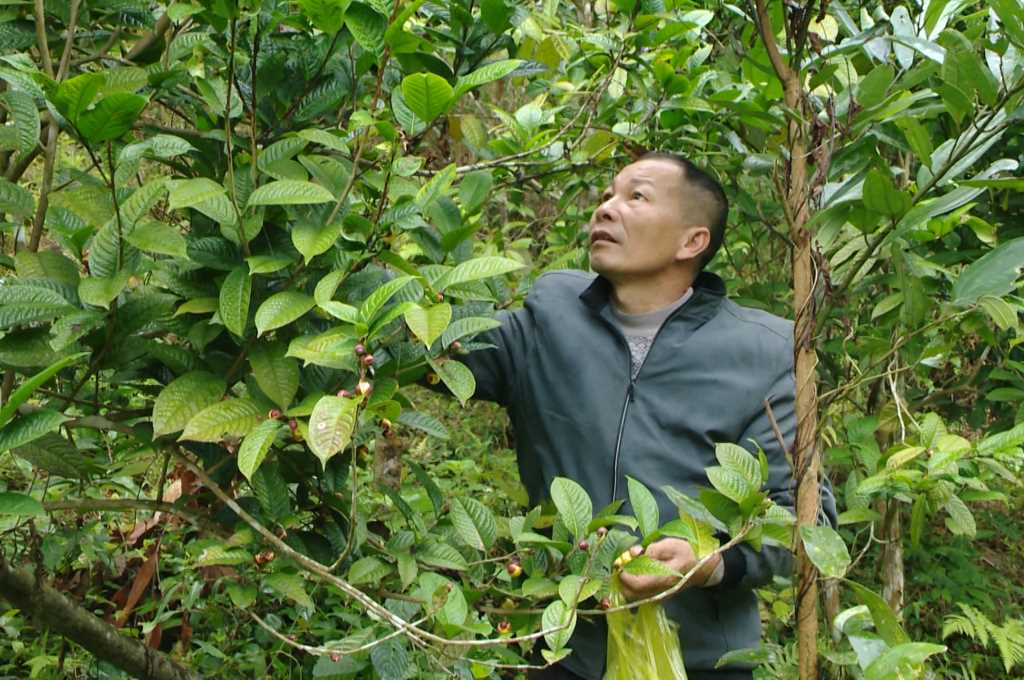
Mr. Trieu Quy Bao (Don Dac commune, Ba Che district, Quang Ninh province) harvests yellow tea flowers.
Mr. Bao shared: My family specializes in growing cinnamon trees, cajuput trees... Meanwhile, yellow camellia is a shade-loving plant, can be planted under the forest canopy, and is easy to care for.
Therefore, the family invested in growing yellow camellia. At first, the tree produced leaves. After 5 years, the tea produced flowers.
With stable price of yellow tea, easy consumption market, high demand, now yellow tea tree has become the poverty escape tree of my family and many people in the commune.
After deducting expenses, selling flowers, leaves and yellow camellia seedlings has brought the family an income of 200-300 million VND/year, a stable life, striving to get rich.
In Ba Che, more and more young people are choosing their hometown to start a business. Mr. Dam Van Trieu (Thanh Son commune, Ba Che district) is one of many young farmers like that.
Instead of choosing to work in factories or go to other lands to do business, the young San Chi ethnic man was determined to get rich in his homeland.
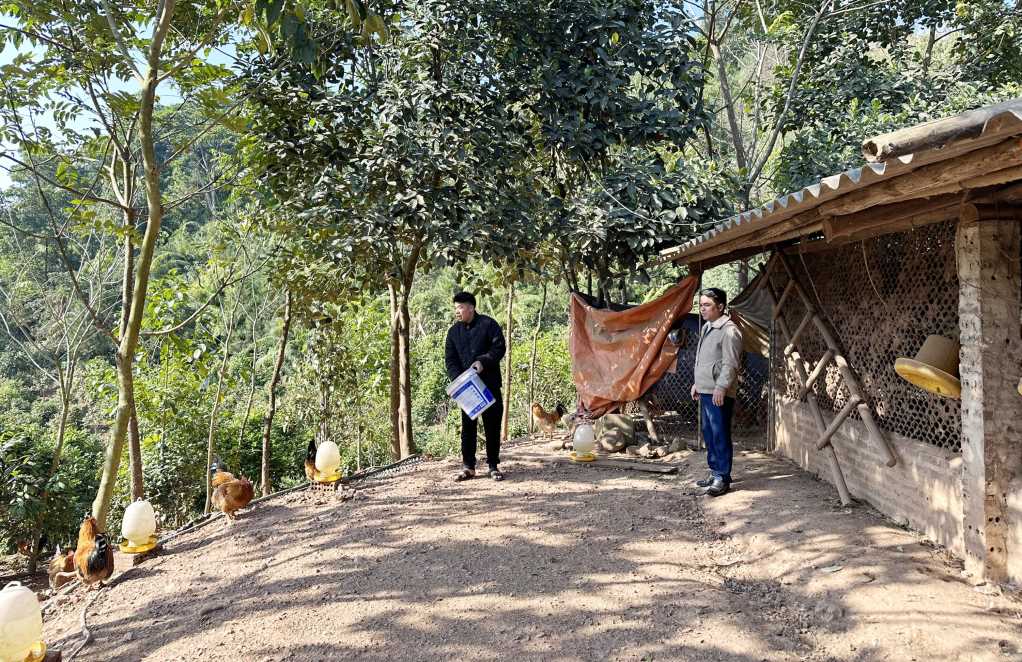
Mr. Dam Van Trieu (Thanh Son commune, Ba Che district, Quang Ninh province) takes care of his chickens. He raises them under the canopy of yellow camellia trees.
Under the canopy of 4,000 yellow camellia trees, Mr. Trieu decided to raise chickens. To make the model effective, he has worked hard to learn the techniques, let the chickens roam freely on the hill, and proactively prevent diseases.
Thanks to that, each year his family maintains raising 3 batches of 1,000 pigs, bringing in an income of 100-200 million VND/year. From this model, Mr. Trieu's family has become a typical example of young people doing good business in the locality.
Mr. Trieu said: The natural conditions in Ba Che are very suitable for free-range chicken farming. Raising chickens under the canopy of yellow camellia is very effective, because the trees provide shade for the chickens, the chickens pick grass, catch insects for the trees, and release fertilizer for the trees to grow better.
Since then, I have not only saved on labor costs for weeding, tilling, and fertilizing plants, but the plants have also grown well, providing a stable income.
In the coming time, I will research and gradually deploy an eco -tourism model with the experience of visiting tea gardens, enjoying free-range chickens and local specialties for tourists.
In order to promote production development, increase income, and enrich the homeland, the district has stepped up support for people to effectively change the structure of crops and livestock, apply science and technology in production, and prioritize the development of large timber plantations associated with medicinal plant cultivation...
In particular, the district creates maximum favorable conditions for people to access preferential credit policy sources.
Up to now, the whole district has had 3,862 households borrow policy credit with a total outstanding debt of 364.4 billion VND to invest in models such as: Growing large timber trees, raising commercial bamboo rats, and nurturing seedlings...
The appearance of ethnic minority, mountainous, border and island areas in the province is increasingly improving, people's lives are clearly improved, and spacious houses exist.
By the end of 2023, the district's average income per capita will reach 72 million VND/person/year; the district will have no more poor households, 39 near-poor households according to the Central's criteria; 21 poor households, 111 near-poor households according to the province's multidimensional poverty standards.
Source




![[Photo] President Luong Cuong receives President of the Cuban National Assembly Esteban Lazo Hernandez](https://vphoto.vietnam.vn/thumb/1200x675/vietnam/resource/IMAGE/2025/9/30/4d38932911c24f6ea1936252bd5427fa)
![[Photo] The 1st Congress of Phu Tho Provincial Party Committee, term 2025-2030](https://vphoto.vietnam.vn/thumb/1200x675/vietnam/resource/IMAGE/2025/9/30/1507da06216649bba8a1ce6251816820)
![[Photo] Panorama of the cable-stayed bridge, the final bottleneck of the Ben Luc-Long Thanh expressway](https://vphoto.vietnam.vn/thumb/1200x675/vietnam/resource/IMAGE/2025/9/30/391fdf21025541d6b2f092e49a17243f)

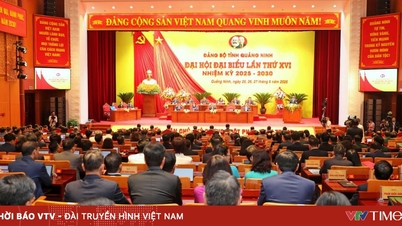

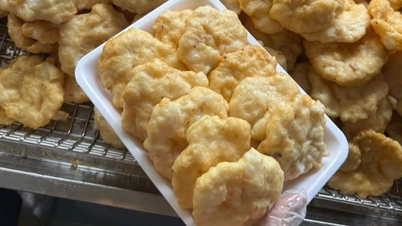

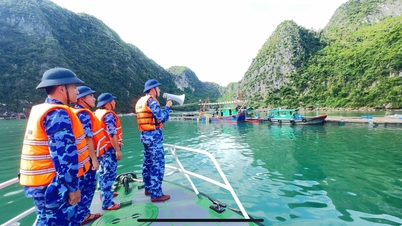








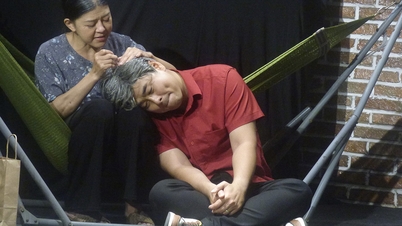
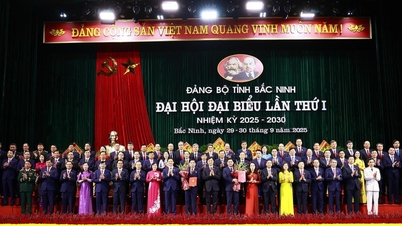

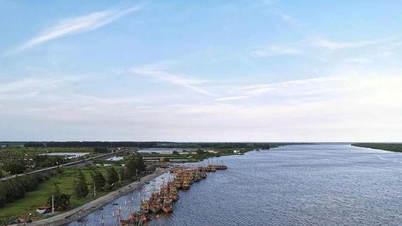





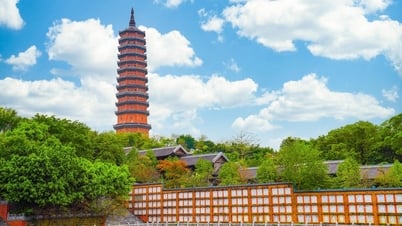

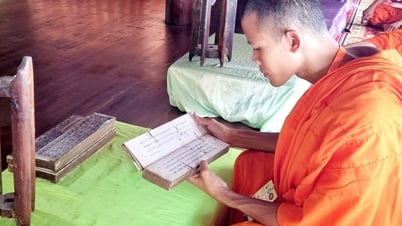
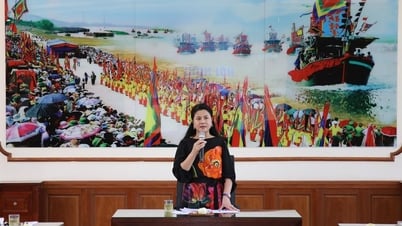
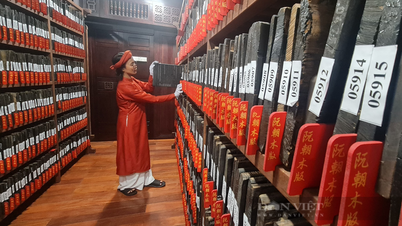
![[Photo] Solemn opening of the 12th Military Party Congress for the 2025-2030 term](https://vphoto.vietnam.vn/thumb/1200x675/vietnam/resource/IMAGE/2025/9/30/2cd383b3130d41a1a4b5ace0d5eb989d)
































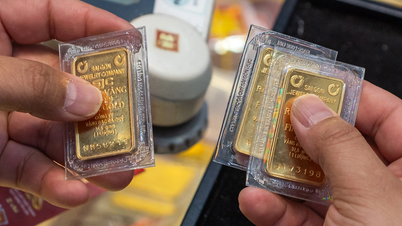












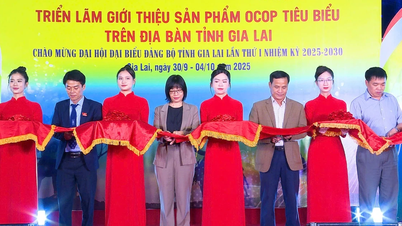



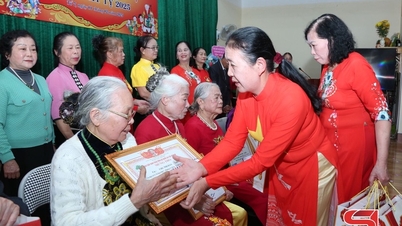

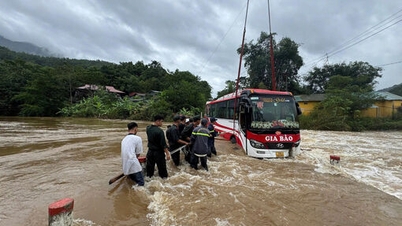














Comment (0)